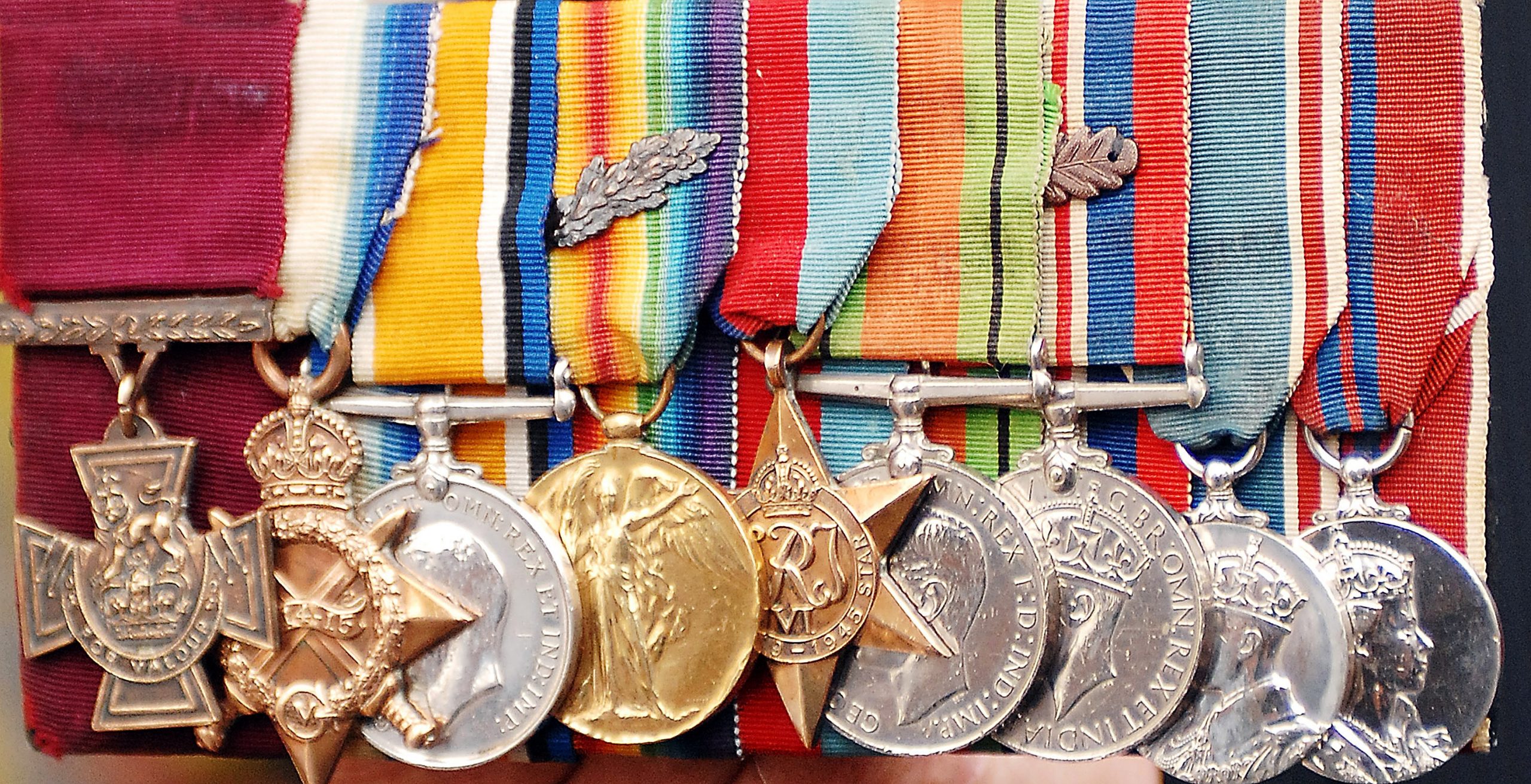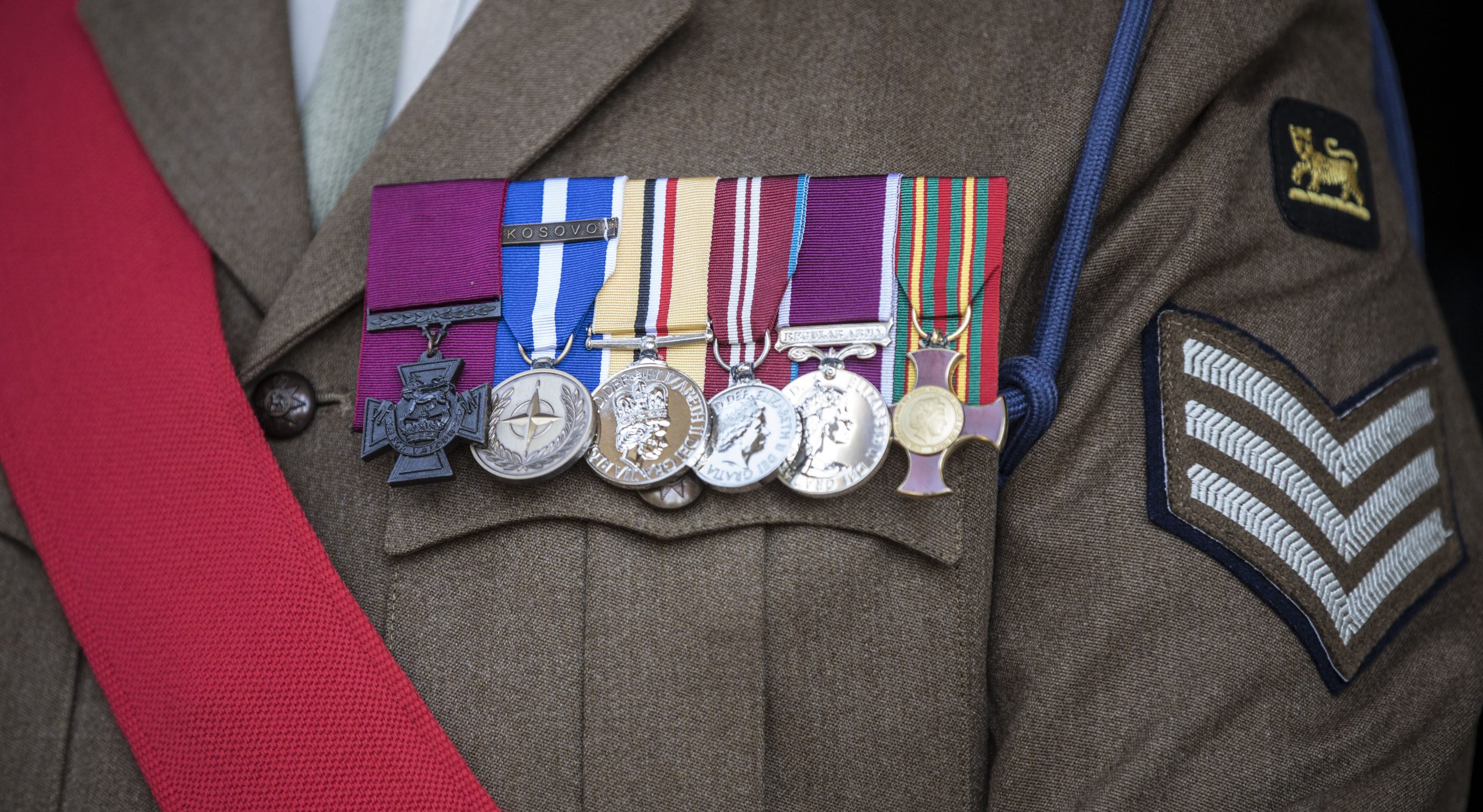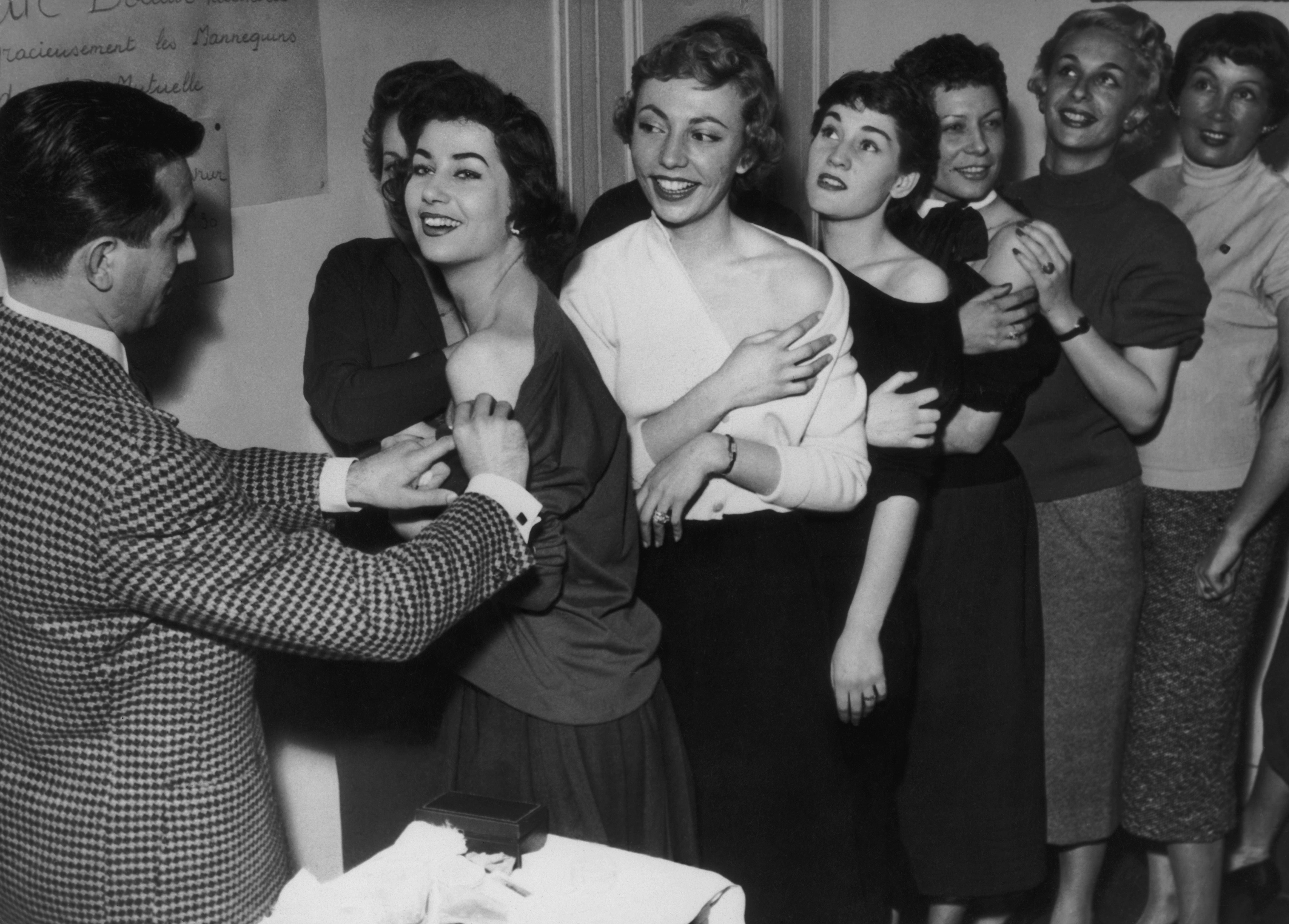Curious questions: Who was the first person to receive the Victoria Cross?
Martin Fone retraces the history of the order and discovers the stories of its early recipients.


The Crimean War marked a turning point in the way warfare was perceived. Correspondents on the scene brought vivid accounts of events to the breakfast table at unprecedented speed using the telegraph.
Conditions were grim and although British fatalities were a fraction of those suffered in the First World War, statistically you were less likely to survive the Crimean War and much more likely to succumb to disease than be killed in action.
Although the Order of the Bath, instituted by George I in 1725, was awarded to officers who exhibited outstanding courage in conflict, there was no equivalent for the rank and file.
Public pressure to rectify this omission was articulated in the Houses of Parliament on December 19, 1854, by George Scobell who called on Queen Victoria ‘to institute an Order of Merit to be bestowed upon persons serving in the Army or Navy for distinguished and prominent personal gallantry during the present war and to which every grade and individual…may be admissible’.
Once the government had agreed to institute a medal for bravery in the face of the enemy, Queen Victoria approved the design on January 5, 1856, making one last change, replacing the inscription ‘For the Brave’ with ‘For Valour’, to avoid giving the impression that only the recipients had been brave.
Cast in bronze, the medal is a cross pattée, a symbol that had denoted honour and dignity in Christian iconography since the Middle Ages. Forty-one millimetres high, 36mm wide, and weighing 27 grams, its obverse shows the Royal Crown surmounted by a standing lion with a ribbon underneath bearing the inscription, ‘For Valour’. The medal itself is suspended from a letter V which supports a bar decorated with laurel leaves and through which a coloured ribbon passes.
Originally, a red ribbon showed the recipient had served in the Army and blue the Navy, but with the emergence of the Royal Air Force, from 1918 a red ribbon was used, irrespective of the service.
Exquisite houses, the beauty of Nature, and how to get the most from your life, straight to your inbox.
The medal is personalised on the reverse with the date and act for which the award as been made engraved inside a circle. The recipient’s name, rank, number, and unit are engraved on the bar.
Metal proofs of the design were finalised on March 3, 1856, and the following day jewellers, Hancocks & Co, were commissioned to prepare 106 specimens. The firm holds the commission for producing the medals to this day.
Were the medals made from bronze taken from cannons captured at the siege of Sevastapol in 1855, though?
Research by Andrew Marriott, published in Post-Mediaeval Archaeology in April 2020 , concluded that there is no corroboration for this story, save for an article in The Times in 1857.
However, analysis of the composition of medals awarded between 1857 and 2013 showed noticeable changes part way through the First World War and again during the Second World War in comparison with Victorian-era crosses.
Metal used today is thought to be from a cascabel, the round protrusion at the back of a cannon, captured during the second Anglo-Chinese war of 1860.
As the Crimean War had ended with the signing of the Treaty of Paris on March 30, 1856, to keep faith with the public the new Cross was awarded retrospectively.
An Irishman, Charles Davis Lucas, was serving on the HMS Hecla despatched to assist in the blockade of the Russian Baltic Fleet off the coast of Finland.
On June 21, 1854, a live shell fell on the upper deck of his ship but did not explode, although the fuse was still hissing. Lucas picked it up and threw it into the sea where it exploded with a huge bang.
As well as saving his comrades and earning him an immediate promotion to Lieutenant, Lucas’ act of bravery was the earliest to be recognised with a Victoria Cross.
Lucas was among the sixty-two men who received their Victoria Cross in a public ceremony at Hyde Park on June 26, 1857, which attracted a crowd of over 100,000 onlookers.
As the final list of recipients was not published in the London Gazette until four days before the ceremony, Hancocks had to work around the clock to finalise the medals and some of the recipients, having left the service, were dressed in civilian clothing. Queen Victoria, though, choosing to award the medals on horseback, a task that took her just ten minutes to complete, professed herself to be pleased with the ceremony.
Lucas was only fourth in line to receive his medal, as observation of military protocol meant that three senior officers took precedence.
The first to have the cross pinned on their tunic was Commander James Raby and at some cost too, the pin passing through his tunic and piercing his skin. Lucas eventually became a Rear-Admiral, and replicas 0f his medals are on display at the National Maritime Museum. Sadly, the originals were left on a train and never recovered.
There have been 1,358 Victoria Crosses awarded. Remarkably, Major Arthur Martin-Leake, and Captains Noel Chavasse, and Charles Upham won the military’s highest honour twice, a feat recognised by the addition of a second bar to their crosses.
Hospital Attendant Andrew Fitzgibbon was the youngest to receive the award, aged just 15 years and 3 months, and Lance Corporal Joshua Leakey the most recent.

Women have been eligible to receive the Victoria Cross since 1921. Although no woman has won the award, Queen Victoria granted special permission for Elizabeth Harris to receive an unofficial gold VC to reflect ‘her indomitable pluck, during the cholera epidemic of 1869’ in India.
Curiously, between 1856 and 1908 eight recipients had forfeited their VCs because of subsequent criminal convictions.
This practice so irked King George V that his Private Secretary wrote on July 26, 1920, that ‘no matter the crime committed by anyone on whom the VC has been conferred, the decoration should not be forfeited. Even were a VC to be sentenced to be hanged for murder, he should be allowed to wear his VC on the scaffold’.
Notwithstanding the King's comments, the eight individuals did not have their awards restored, their names appearing on rosters with an asterisk, but there has been no forfeiture since.
The graves of those fallen in combat are tended by the Commonwealth War Graves Commission, but there are around seven hundred VC recipients buried in churchyards throughout the Commonwealth, including three in the graveyard of St Peter’s in Frimley.
On a recent visit there, noticing a group crowded around the grave of William Cubitt VC, I discovered that they were volunteers from the Victoria Cross Trust.
Founded in 2014, the charity’s mission is to clean and restore the graves of those VC recipients not buried in Commonwealth War Graves and to keep their stories alive. The Frimley graves formed part of their summer schedule of work.
It costs around £800 per grave, excluding expenses, Trustee Frances Adams told me, as they use specialist cleaning materials and equipment, appropriate to the materials used on the headstone and surrounds.
While at a graveyard, the volunteers, all ex-military or with military connections, also tend the graves of other fallen soldiers.
Judging by the results at St Peter’s, they do a fine job. More power to their elbows!

Curious questions: Who administered the first vaccination?
If you thought it was Edward Jenner, think again: Martin Fone discovers that the practice of inoculating against the smallpox

Credit: Alamy Stock Photo
Curious Questions: Who invented the lawnmower?
Martin Fone delves into the history of the lawnmower and discovers a link to weaving machines.
After graduating in Classics from Trinity College Cambridge and a 38 year career in the financial services sector in the City of London, Martin Fone started blogging and writing on a freelance basis as he slipped into retirement. He has developed a fearless passion for investigating the quirks and oddities of life and discovering the answers to questions most of us never even think to ask. A voracious reader, a keen but distinctly amateur gardener, and a gin enthusiast, Martin lives with his wife in Surrey. He has written five books, the latest of which is More Curious Questions.
